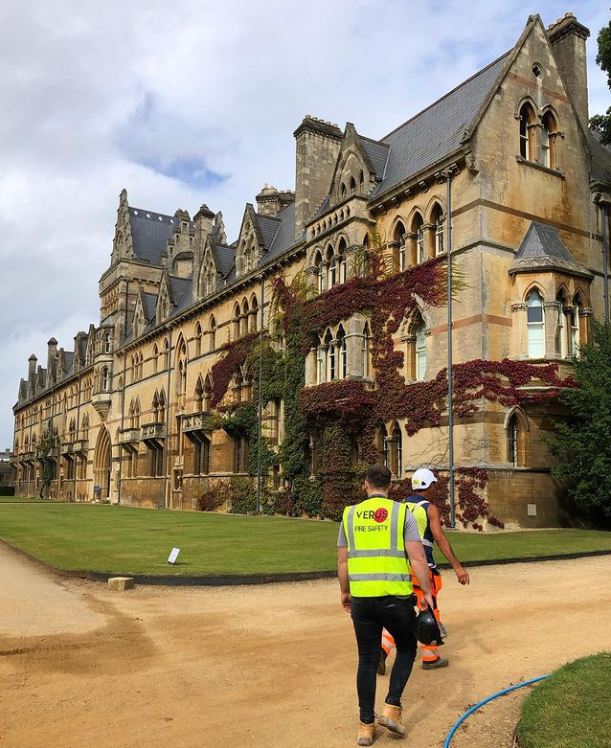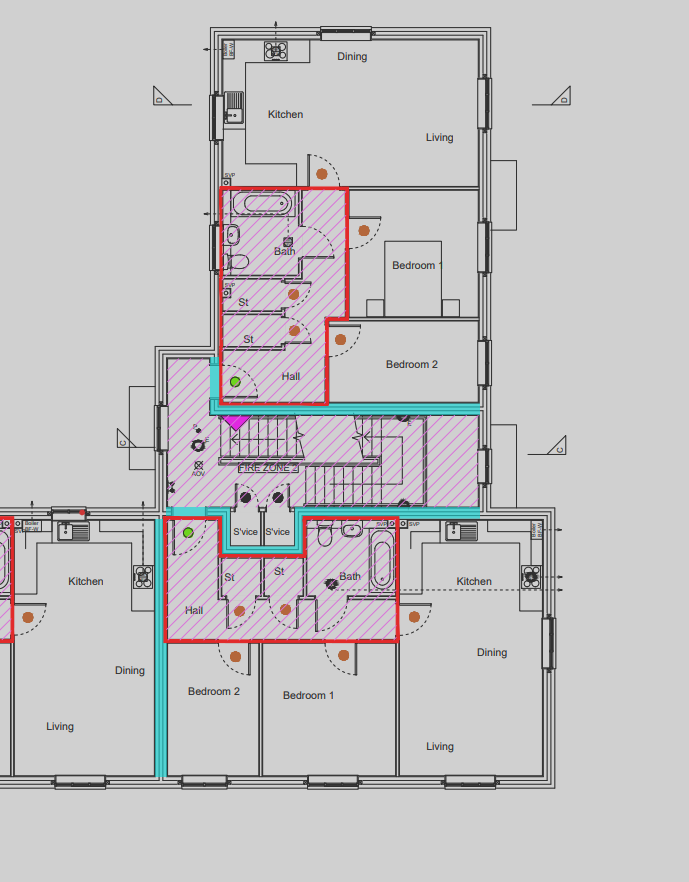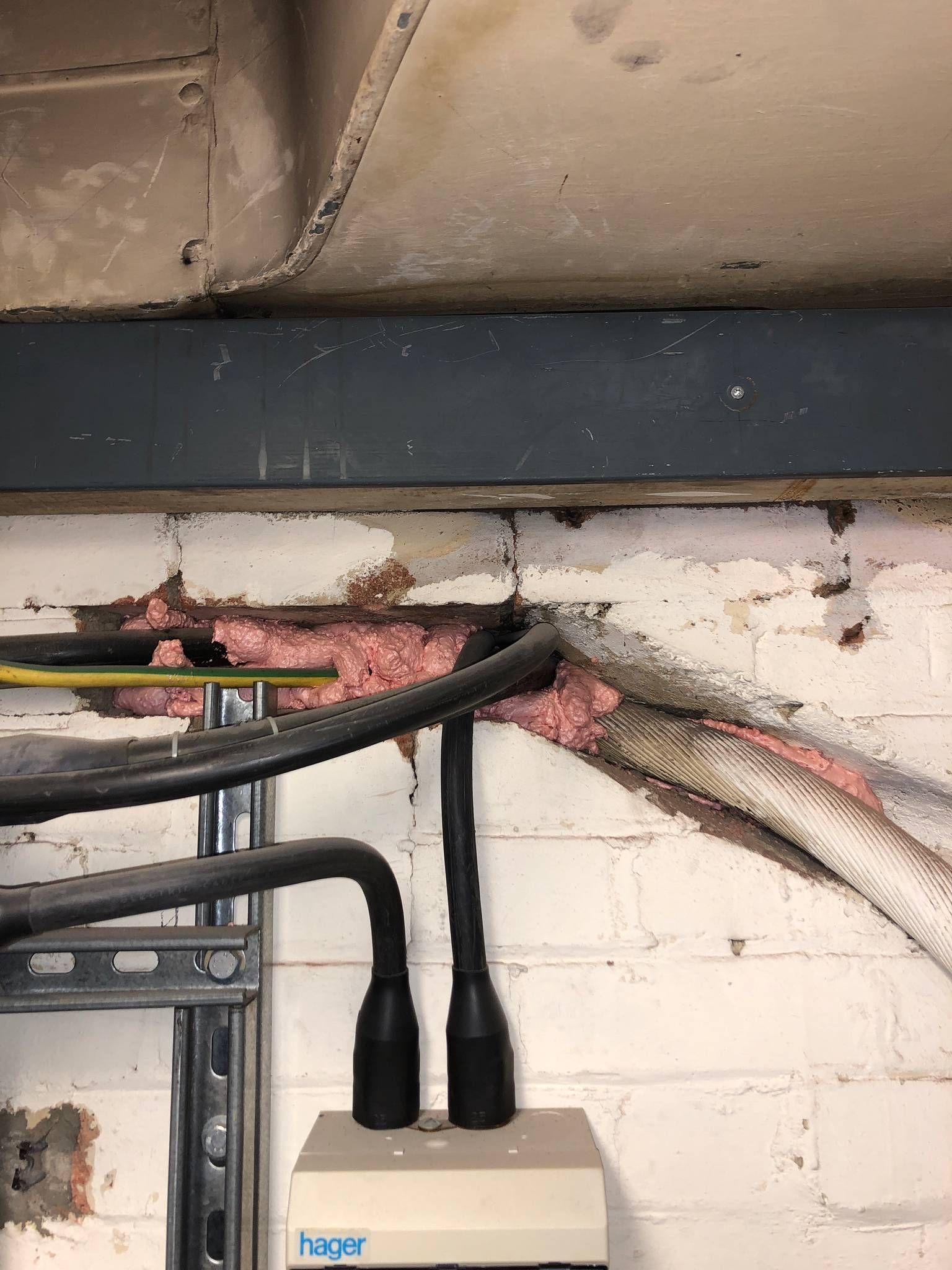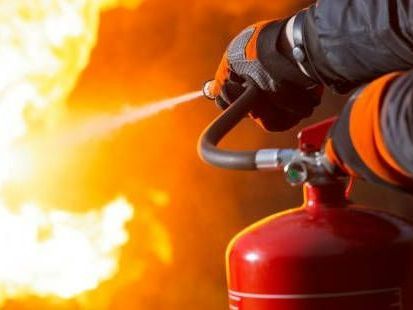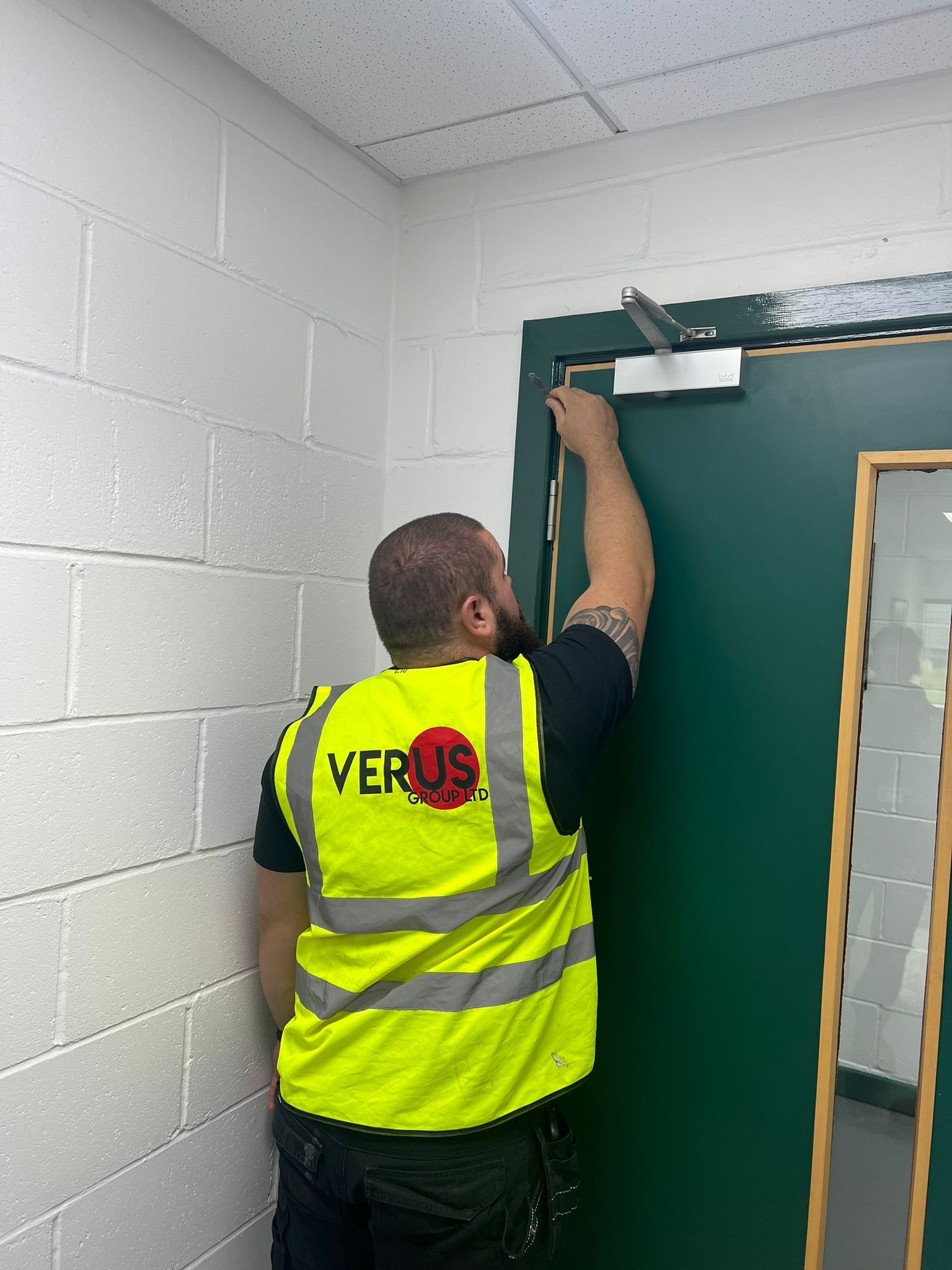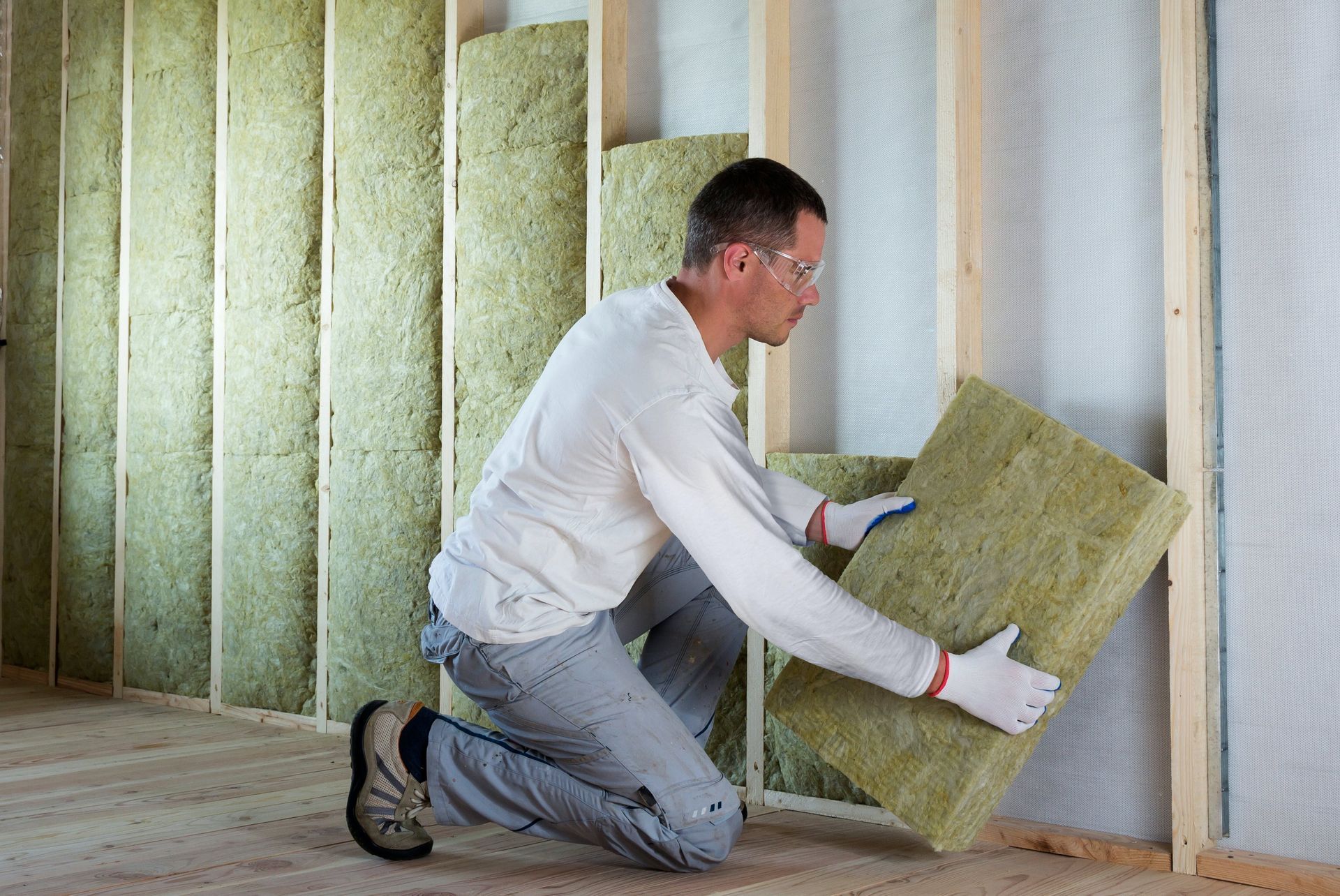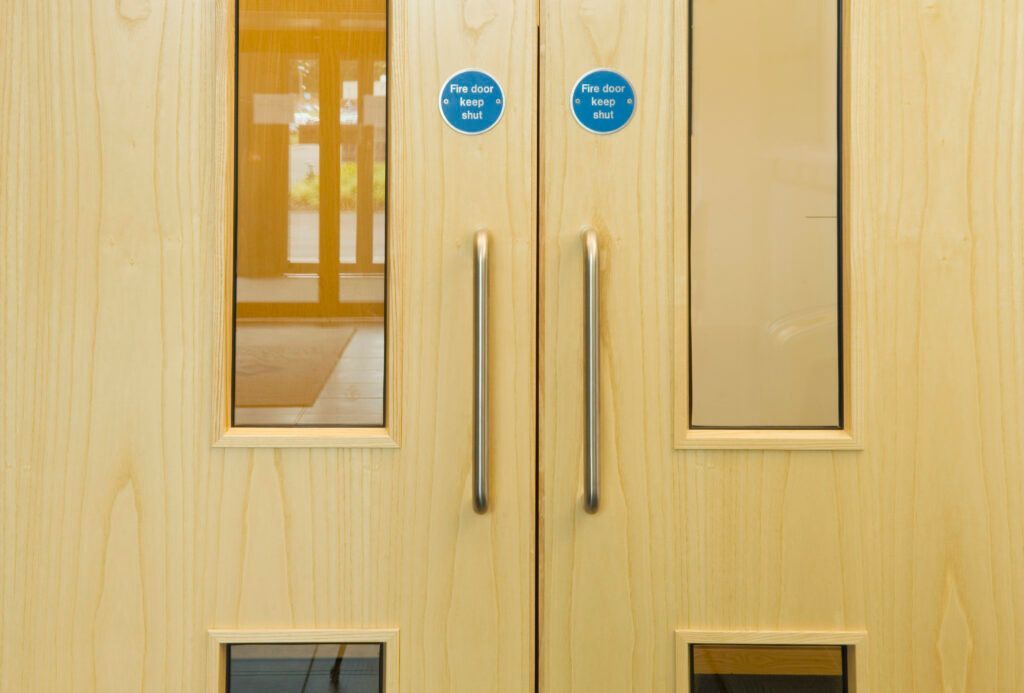Understanding the Differences: When to Choose FD30 or FD60 Fire Doors for Your Building
Understanding the Differences: When to Choose FD30 or FD60 Fire Doors for Your Building
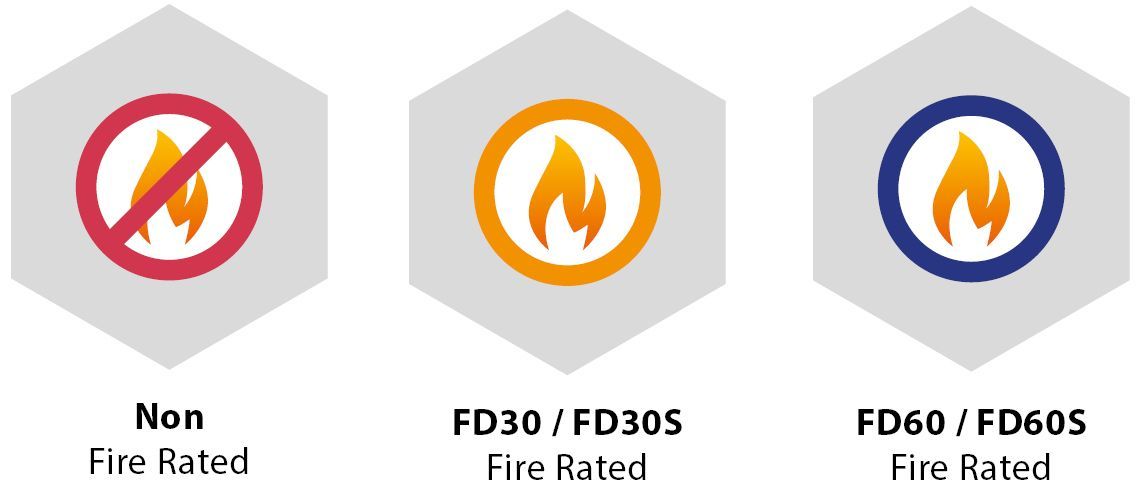
Fire doors play a critical role in preventing the spread of fire and protecting building occupants. When selecting fire doors, it is important to choose doors that meet the appropriate fire resistance rating for the intended use. The most common fire resistance ratings for fire doors are FD30 and FD60, which indicate how long the door can withstand fire without failing. In this blog, we will explore the difference between FD30 and FD60 fire doors and when you would use each type of door.
What is FD30?
FD30 is a fire resistance rating that indicates that a door can withstand fire for 30 minutes before failing. This means that an FD30 fire door can provide valuable time for occupants to escape and for firefighters to contain the fire. FD30 doors are commonly used in residential and small commercial buildings, including care homes, where the risk of fire is relatively low.
What is FD60?
FD60 is a fire resistance rating that indicates that a door can withstand fire for 60 minutes before failing. This means that an FD60 fire door can provide even more time for occupants to escape and for firefighters to contain the fire. FD60 doors are typically used in larger commercial buildings, where the risk of fire is higher, or where the building has multiple floors or complex fire escape routes.
When to use FD30?
FD30 doors are suitable for most residential and small commercial buildings, including care homes, where the risk of fire is relatively low. According to UK legislation, FD30 doors are the minimum requirement for internal doors in buildings that are not high rise or otherwise at risk of fire. In care homes, FD30 doors are usually sufficient for most areas, including corridors and stairwells.
When selecting FD30 fire doors, it is important to choose doors that meet fire safety regulations. Metador, Sentry, and Forza are all leading manufacturers of fire doors that meet or exceed fire safety regulations. For example, Metador's FD30S fire doors are designed to provide 30 minutes of fire resistance and are certified to meet the requirements of the British Standard BS476 Part 22. Similarly, Forza's FD30 fire doors are certified to meet the requirements of BS476 Part 22 and come with a range of finishes and designs to suit any interior.
When to use FD60?
FD60 doors are typically required in larger commercial buildings, where the risk of fire is higher, or where the building has multiple floors or complex fire escape routes. In care homes, FD60 doors may be required for areas that are more at risk of fire, such as kitchens and laundry rooms, where flammable materials are present.
